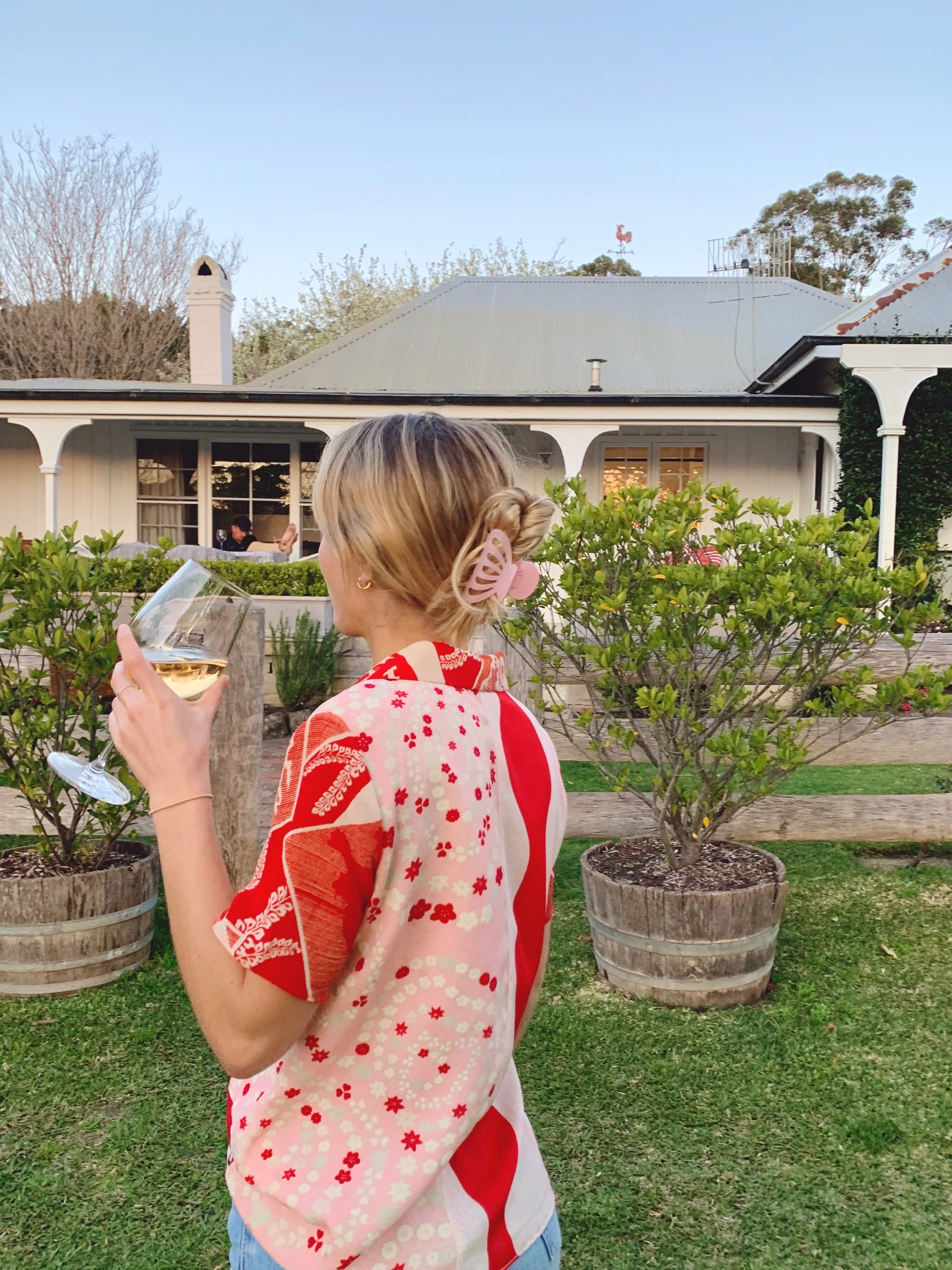

Hey Uma! Tell me a bit about your background?
I’ve dreamed of starting a fashion label for as long as I can remember, it was always my
“what I want to be when I grow up” response, even though I now study Data Science. I’ve always enjoyed designing things and I studied Textiles and Design in high school, but my love for sewing came a lot earlier than that; I owe that to my beautiful Grandmother who taught me how to hand sew at a young age and instilled in me a love for creativity. My parents are also both very design-oriented and so is my older sister, who is incredibly talented and artistic, and someone who I’ve learned a tremendous amount from.
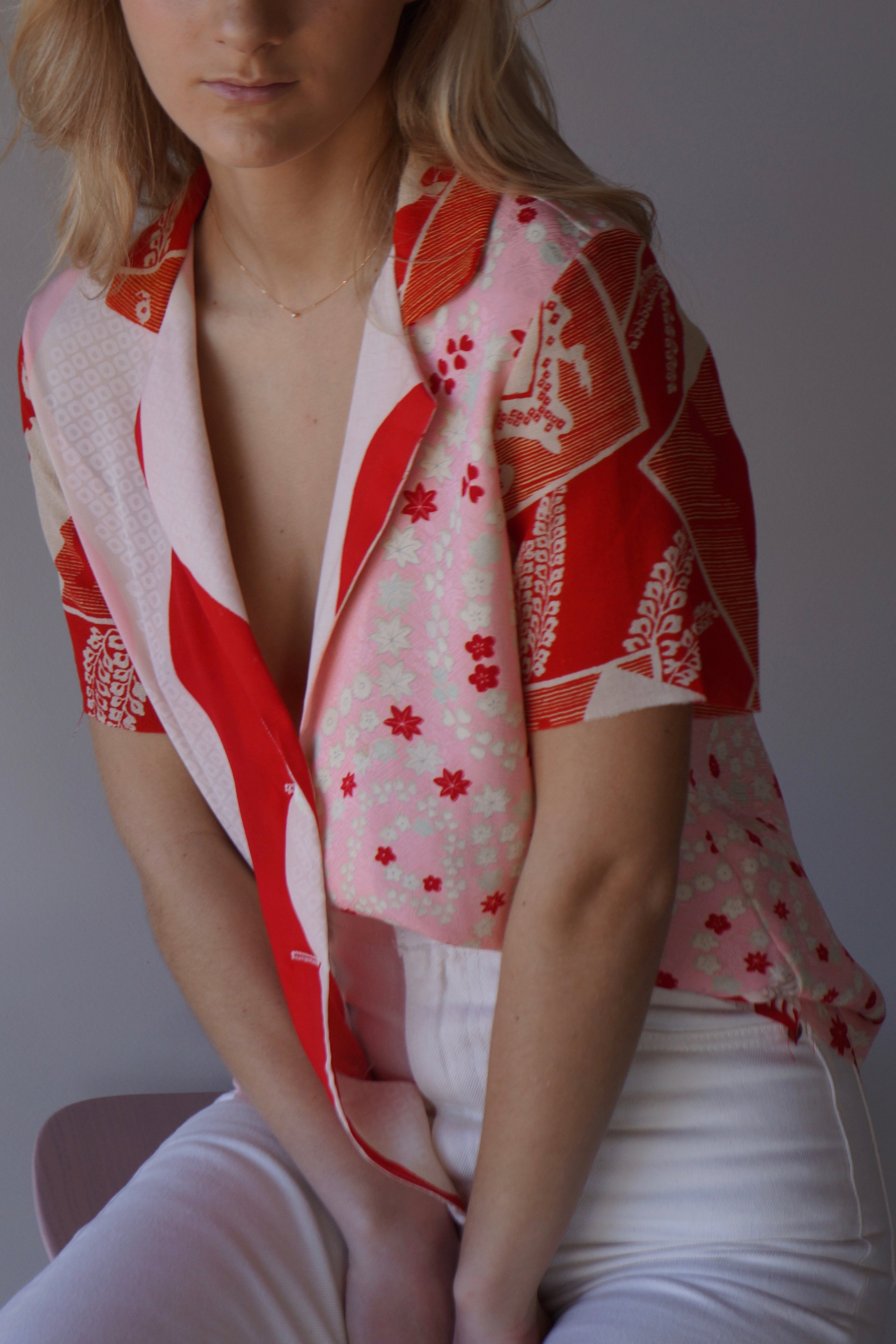

Who are your favourite fashion designers / brands, and why?
Ooh, there are so many! Recently, I’ve been loving Emily Bode, who is the fashion designer behind her eponymous label Bode. It’s actually a menswear label but she makes the most beautiful shirts using antique table napkins as well as many other incredible one-of-a-kind pieces. Nensi Dojaka is also another designer who I keep finding myself coming back to when looking for inspiration. Her unique pieces involve an intricate layering of sheer fabrics, ruching, and fine lines to create asymmetrical deconstructed silhouettes, drawing upon lingerie but in an unconventional way. The aesthetics of these two labels happen to be kind of complete opposites of each other but are both labels where you’ll find yourself getting lost in the intricacy of their pieces. However, in terms of pieces I actually purchase, 99% of the time it’s vintage. I actually can’t remember the last piece I bought first-hand!

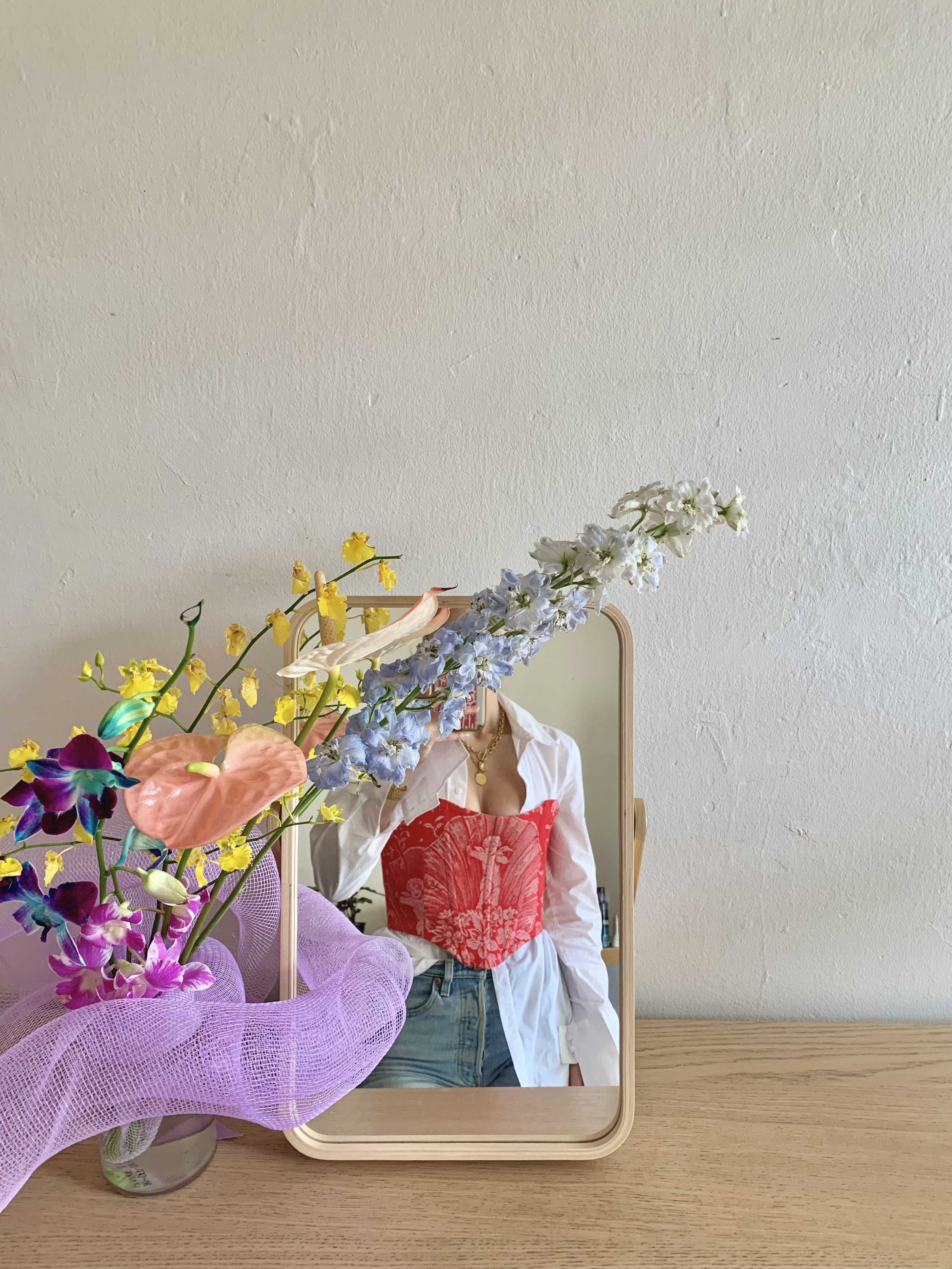
What moment or thought inspired you to start Re.Uma?
It was never really just one moment, but I guess if I had to think back to a time when everything kind of clicked for me in terms of making silk shirts (the beginning of it all), it would have to have been when I was in a vintage shop in Newtown. There were piles of vintage silk scarves each with a unique pattern. Originally, I tried to use just one silk scarf to make a whole shirt but there was never enough fabric. Then, after picking up various scarves and mixing and matching patterns, I thought the shirts would look even more interesting being constructed from a patchwork of different fabrics. And that’s what I think is so inimitable about upcycling. A lot of the time I get asked about the limitations involved with having only vintage fabrics to choose from but without these limitations, I don’t think I would have ever started my label. It’s these “limitations” (along with the immense support of my parents) that make me think outside of the box and constantly make me think of other ways of doing things. I more often than not think of the end goal and get overwhelmed by how on earth I’m going to get there that I eventually force myself into aperpetual cycle of overthinking and then ultimately, inaction. The confines of only being able to use vintage fabrics has been a really beneficial thing for me and has actually helped me to think more creatively.
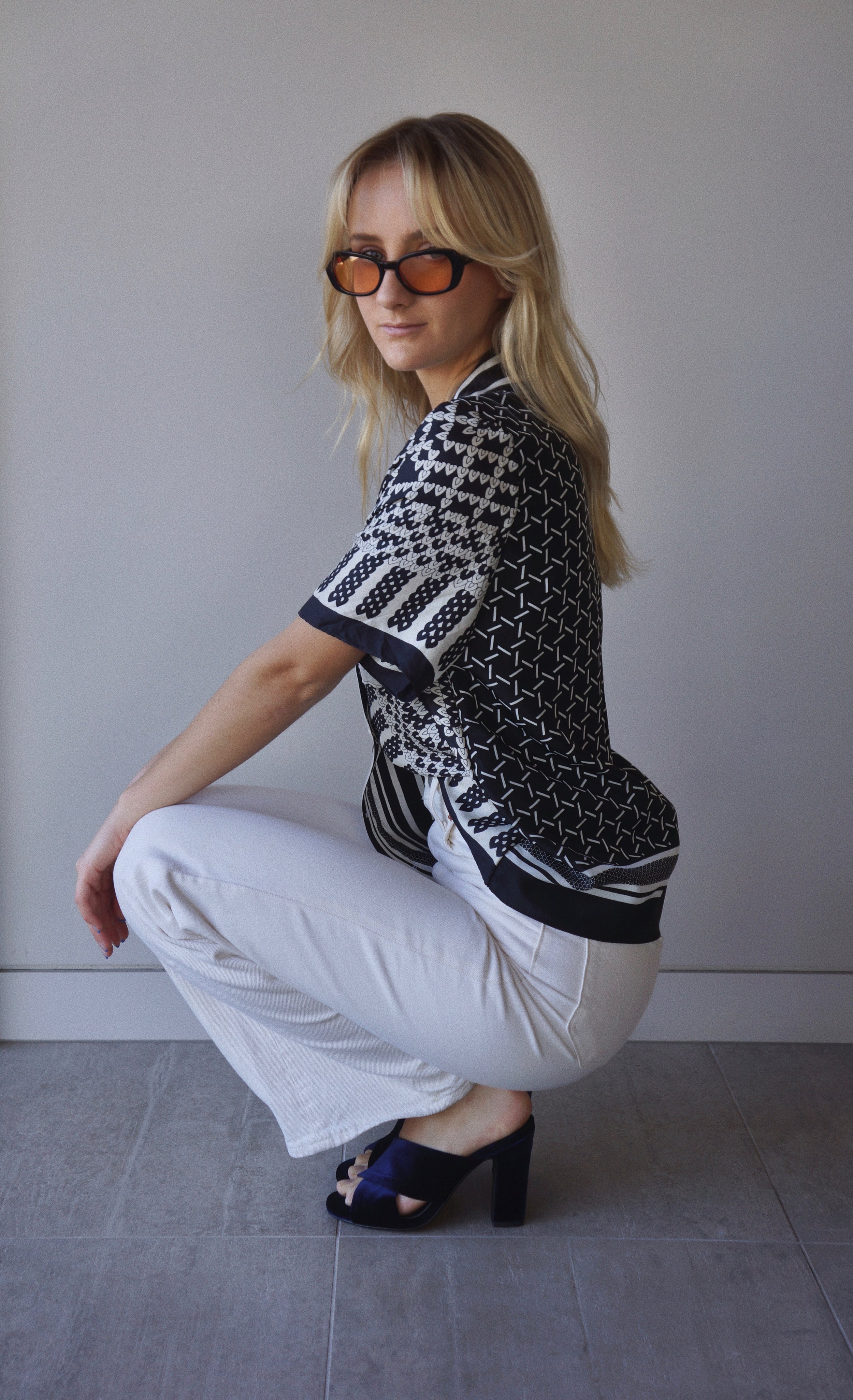

Why did you make the choice to study something different to design, and keep this as a hobby?
Originally, I studied graphic design and then changed to Design and Commerce and then finally made my way over to Data Science, which is what I am studying now and this time for good! Not the most natural and logical route but I’m so happy it went the way it did, I’ve learned a lot along the way. It has also helped reassure me of my final decision not to study something within design despite being quite a creative person. Personally, I find I’m able to enjoy it much more when I have free rein and as something on the side, something that I do when I need to take a break from studying. I really enjoy sewing and designing but I think if it was all I did, it would become laborious and more like a chore for me, something I would eventually resent doing.
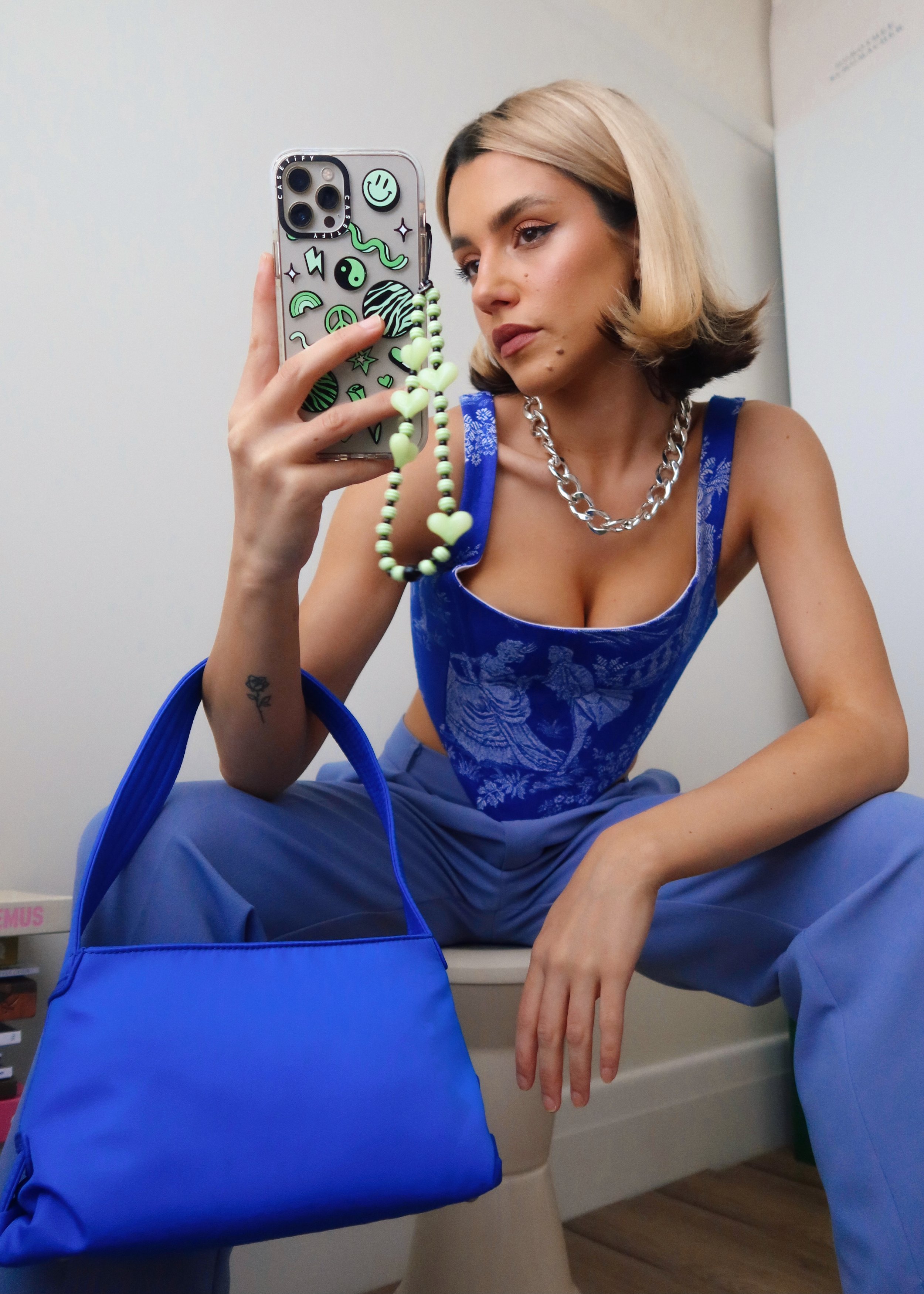
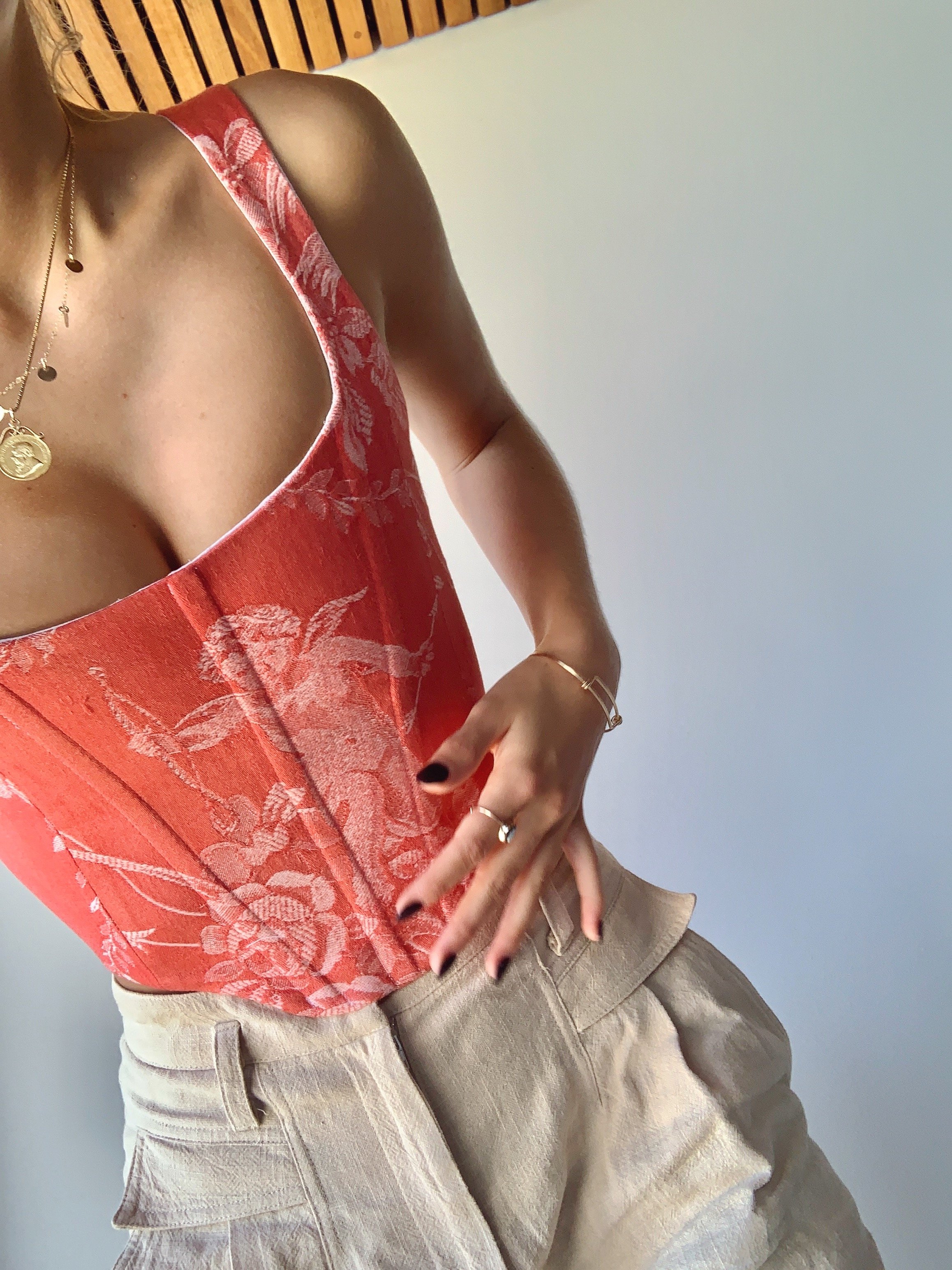
Was choosing to be a made-to-order brand due to environmental consciousness, simply easier for yourself as an individual, or a bit of both?
Initially, I was actually looking into starting a label with manufacturing done in local ethical factories using sustainable fabrics. I spent countless hours researching innovative eco-friendly fabrics, but I was constantly conflicted and toying with the idea of creating something that simply didn’t need to exist and consumed valuable energy and resources along the way. That’s when I decided to focus more on reusing fabrics and became incredibly interested in the history and craftsmanship of decades old textiles and the opportunity of showcasing this in a modernised light. In this sense, it was also a whole lot easier for me to start my label as I could control the entire process and it didn’t require a hefty initial monetary investment. So, environmental consciousness was always the driving factor behind choosing made-to-order and then the increased ease of creating my label by choosing made-to-order was a very helpful by-product of it all.

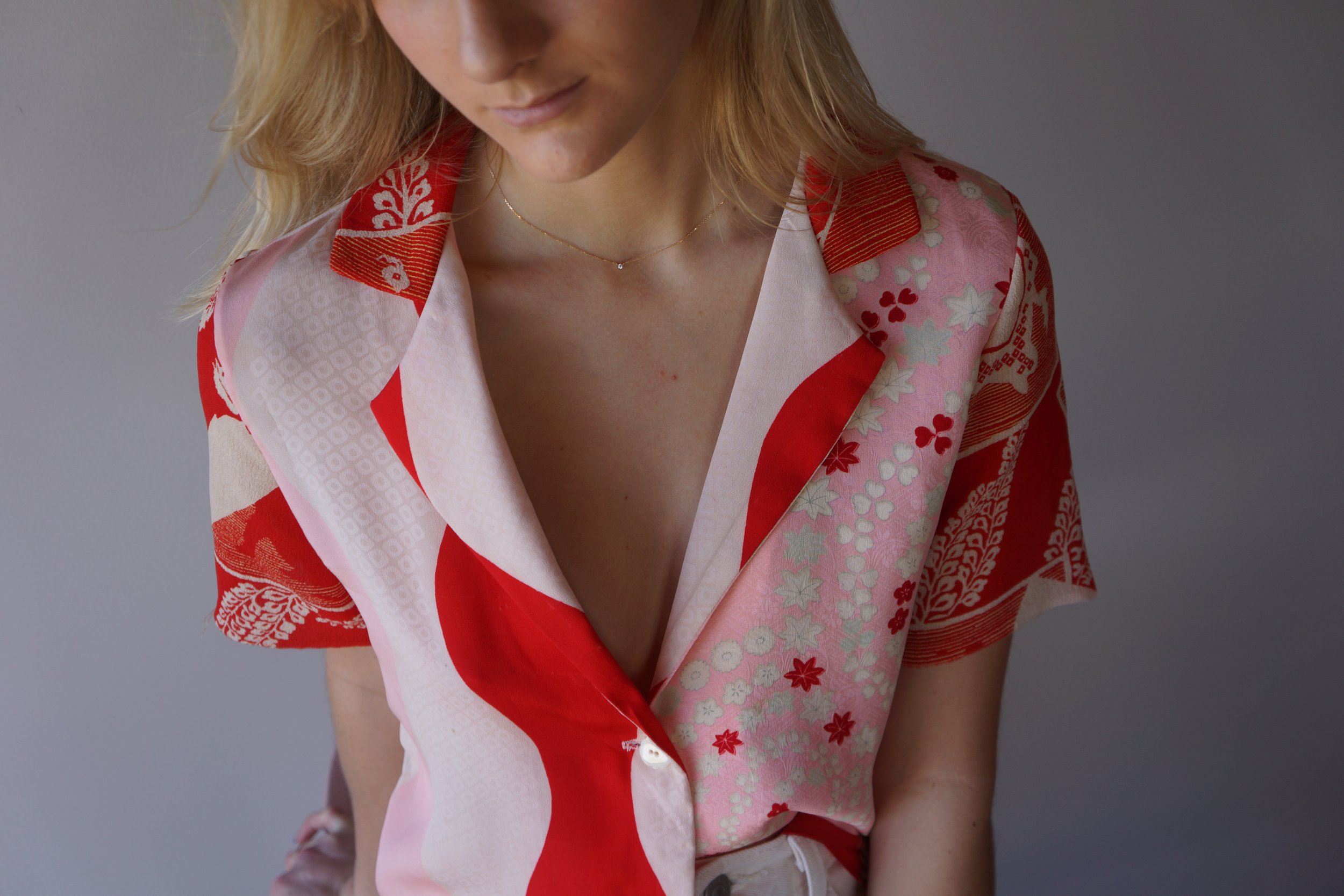
Being a completely one-woman show is super impressive. What are the pros and cons of it?
I’ve always been a bit of a control freak so it’s certainly beneficial for that part of my personality, but it is a lot of work and I admittedly do find it quite difficult to stay on top of everything. Whether that’s responding to customers, sewing, ordering fabrics, photoshoots, posting to Instagram, or designing new pieces, everything always ends up taking a bit longer than expected. In saying that, by being able to control the entire process I am able to ensure everything is done to a high standard and quality is ensured throughout. This is paramount for my label as I aim to create pieces that have a high sentimental value and get cherished and passed down to generations to come.


Can you see this changing anytime soon?
Yes! I’ve been very busy getting samples made by different seamstresses who will be helping out with sewing in the future. However, it’s been a rather lengthy process, and a lot of things have gone wrong along the way! It involves a lot of trial and error and especially since my pieces take a long time to make and involve a very specific process, it’s been quite tricky finding the right people.

Where do you see Re.Uma and yourself as a designer in the future?
Once I have a few more people on board I’ll be able to do more of the things I love doing, like designing new pieces and sourcing different vintage fabrics. I also aim to dedicate a lot more time to use my platform as a way to inspire people to shop more consciously and give people more of an insight into exactly what goes into making one piece and the people behind it. The end goal is to motivate people to consume more slowly and to connect more meaningfully with the clothing pieces they purchase by helping them understand the craftsmanship behind each item.











